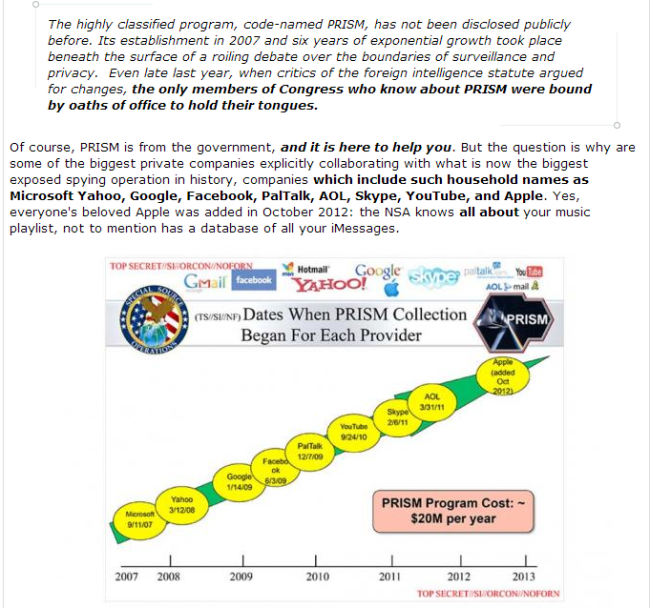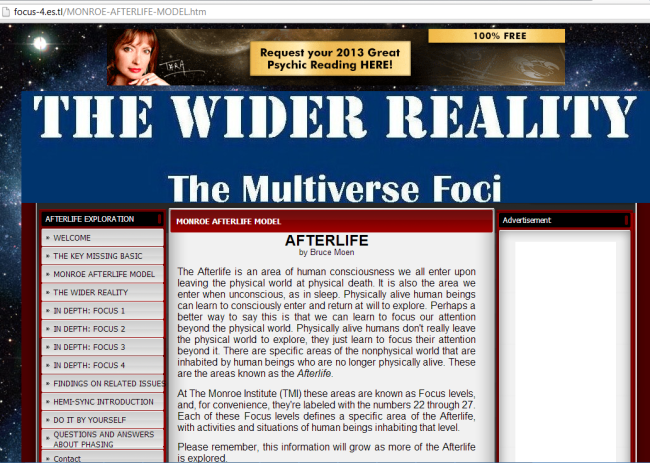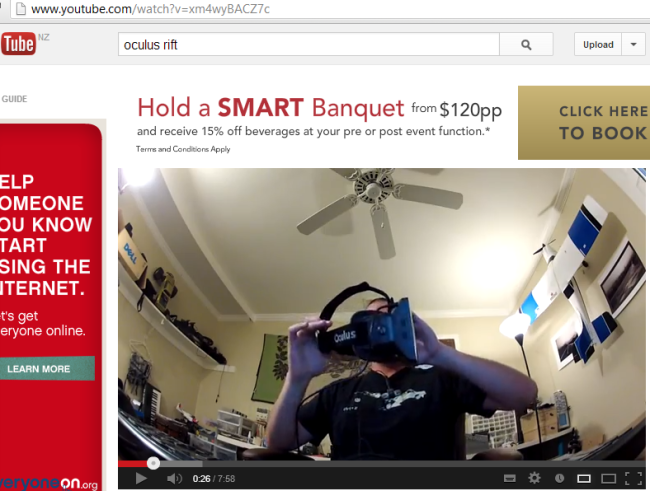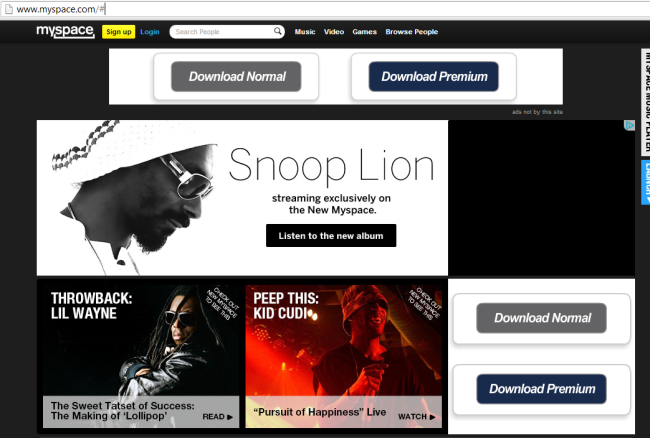Thursday 26 March 2013
Had an interesting lecture today from Ryan Clarke on digital behaviour. We looked at what identity is and Ryan created a word map from the definitions emailed in by the class. Personality seemed to be the most common definition. We agreed that identity has value.
We looked at the importance of identity from both a private and company perspective and the importance of reputation to both.
Private
From an individual perspective there are 4 main concerns:
The first, as a parent, is to ensure the online safety of your children. As practices such as sexting become more prevalent it is important for parents to keep their children well informed of the dangers of activities such as this. As children they don’t have the experience necessary to spot the pitfalls.As we discussed in class, emailing a naked photo of a minor is technically trafficking in child pornography. In the US this has already resulted in some young people being placed on the sex-offenders register. This can affect their ability to travel and to get a job for life.
In addition, once a naked photo is out on the internet it is there forever and cannot be called back. This can lead to embarrassment when it gets into the wrong hands. Often young people do not think through these consequences and need to be made aware of them. There is a good site in New Zealand for parents which highlights these issues as shown in the link below:
http://www.websafety.co.nz/blog/sextortion-and-sexting-what-does-it-all-mean-

The second, related to this lack of ability to recall photos, is the inability to retrieve anything at all. This means that all your comments or antics, once posted, are out in cyber space for ever. Even if you attempt to delete them they may already have been forwarded to someone else, posted on another board or blog, captured by a website like archive.org. People have long memories so even if your comment disappears from view it may still be remembered. The lesson here is to think twice and then a third time before posting anything. Think how you’d feel if your mum, your potential boss or your current boss read it – they may well do!

The third is identity theft and the nefarious use of our personal information to steal our money. Obviously a bad thing and a good reason to limit the amount of personal information you let out online. Also a good reason to limit access to social media sites like Facebook to people who are truly your friends and not friend everybody you meet. Information such as date of birth should not be given out to all and sundry as this is a primary means of identifying you for activities such as on-line banking.
The fourth is that it is increasingly important to be aware that how we present ourselves online. Our antics, opinions, hobbies and friends can be viewed by others who we may not have expected. They will see our posts out of context and may make assumptions about us that are not true. For example employers are now looking at Facebook profiles to see the suitability of employees. Our private life is spilling over into our work life more and more and social media is blurring the distinction. The website http://www.websafety.co.nz has a good article on this too:
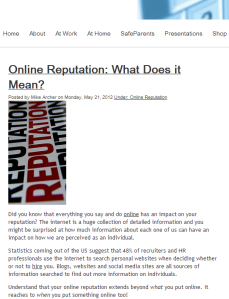
Company
For Companies too, online reputation is increasingly important. Nowhere is this more apparent than on sites like Twitter where companies are finding that private leaches into public and communicating is a whole new ball game.
This video by David Amerland highlights the top 10 social media disasters in 2011 where companies, their employees and even their CEOs have come unstuck:

http://www.youtube.com/watch?v=hsYMFSR9CUQ
Top 10 Worst in 2011
10, New Media Strategies, customer; Chrysler. Employee tweeted the F word from the company account saying that ” no-one in Detroit knows how to f…ing drive” Result, employee sacked, NMS fired. Lesson – every tweet matters
9, Qwikster/Netflix. Set up Twitter ac for new Qwikster service without checking to see if the name was already in use. It was the handle of a pot smoking, sexist, foul mouthed student. with hilarious results. Quikster died 3 weeks later. 800,000 users quit Netflix in that quarter. Lesson – every aspect of a companies online presence needs to be thought through.
8, Qantas. Launched a Twitter campaign (with the hash tag #QantasLuxury) where it asked customers to describe their dream in-flight luxury experience. Campaign was launched the day before strike action by staff grounded the airline and was hijacked by disgruntled customers. Lesson – Timing is everything with online campaigns. The online world is linked to events in the real world.
7, Bob Parsons, CEO of Go Daddy a major US web domain host. Tweeted a link to a video of himself next to an elephant he had just shot whilst on safari in Africa. Resulted in a massive backlash and campaign to boycott Go Daddy. Compounded this faux pax by trying to explain the kill as philanthropic work to protect a Zimbabwe village from marauding elephants. Lesson – private life cannot be separated from public. Don’t make excuses, just apologise when things like this happen .Don’t post holiday snaps of yourself clubbing baby seals, harpooning whales or shooting elephants online. Especially if you’re the CEO!
6, Unileaver with their Twitter campaign promoting their sauce, Ragu. They encouraged mums to tweet about the hopelessness of their husbands in the kitchen. Videos were sent to celebs in the hope that campaign would go viral. It did, but not in a good way. Husbands everywhere were annoyed and tweeted that Ragu hates dads. Issue was compounded when Unileaver first failed to respond at all, then tweeted calling negative comments in Twitter “unbalanced”. Discussion became so heated the campaign was pulled. Lesson – social media marketing is a 2-way channel
5, Kenneth Cole shoes tweeted in jest that the Arab Spring uprising occurred due to rumors that their new spring collection is now available online. Uproar ensued and within the hour they had tweeted an apology and withdrawn the campaign. Lesson – show empathy and sensitivity in your blogs and be prepared to apologise and pull the campaign to limit the damage if you get it wrong
4, US congressman Anthony Wiener. His unfortunate surname resulted in media headlines of Wienergate. A photo of a suspicious bulge in his pants went viral. He tried denying that he had actually posted it but got caught out lying. Result was he had to resign from the house of Representatives after 12 years in office. Lesson ‘Don’t tweet your meat.’ Social media is not a private means of communication.
3, Virgin America.Their new booking system went haywire causing many to miss their flights. In the ensuing Twitter storm the company tried to play down the problem creating even more anger. Lesson – own up to your mistakes and apologise early and often.
2, PayPal insensitively announced that they would not allow a website to use their ‘Donate’ button to provide toys to poor children at Christmas as it was not a charity. Bloggers pointed out that in their own documentation it stated that the Donate button could be used for ‘worthy causes’. It then froze their accounts and kept the commission charged. Complaints flooded onto PayPal’s Facebook page at the rate of 1,000 a minute. Paypal then compounded the problem by deleting some of the comments. PayPal backed down within 24 hours and even made a donation themselves. Lesson – corporate policy cannot be allowed to overrule empathetic behavior. i.e. don’t be a corporate bastard.
1, Blackberry who tried to downplay the massive outage of their push email service with a ‘Happy Monday’ tweet that totally ignored the service down issue. Issue was compounded when CEO was wheeled out and tried to downplay the problem and didn’t say sorry once. Result is that Blackberry faced a class-action suit from disgruntled users. Customers left (1.2 million in the following month). Stock price crashed (following a $485 million quarterly loss). Lesson – learn how to say sorry. Practice first if necessary.
As an IT professional we need to be aware of the dangers that social media presents to ourselves and the company we work for. Identity and reputation are important and need to be protected. Keeping this in mind, social media is a fantastic way for companies to increase their brand awareness and eventually their bottom line and share price. Done properly it is an incredibly powerful marketing tool. Consider the Facebook page of Converse with 35,943,503 Likes and 238,749 people talking about it. A marketers dream as they can market their shoes directly to people that they know already Like them.




